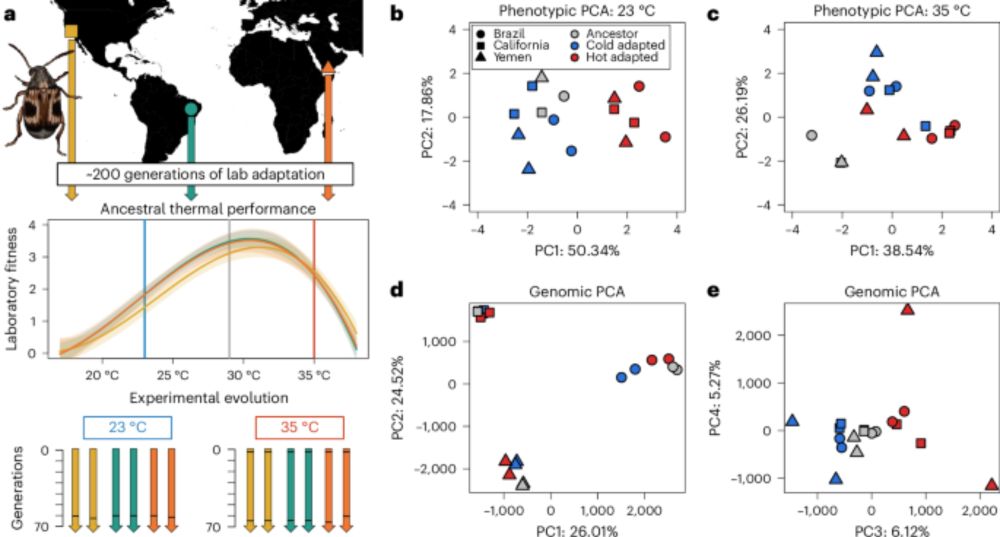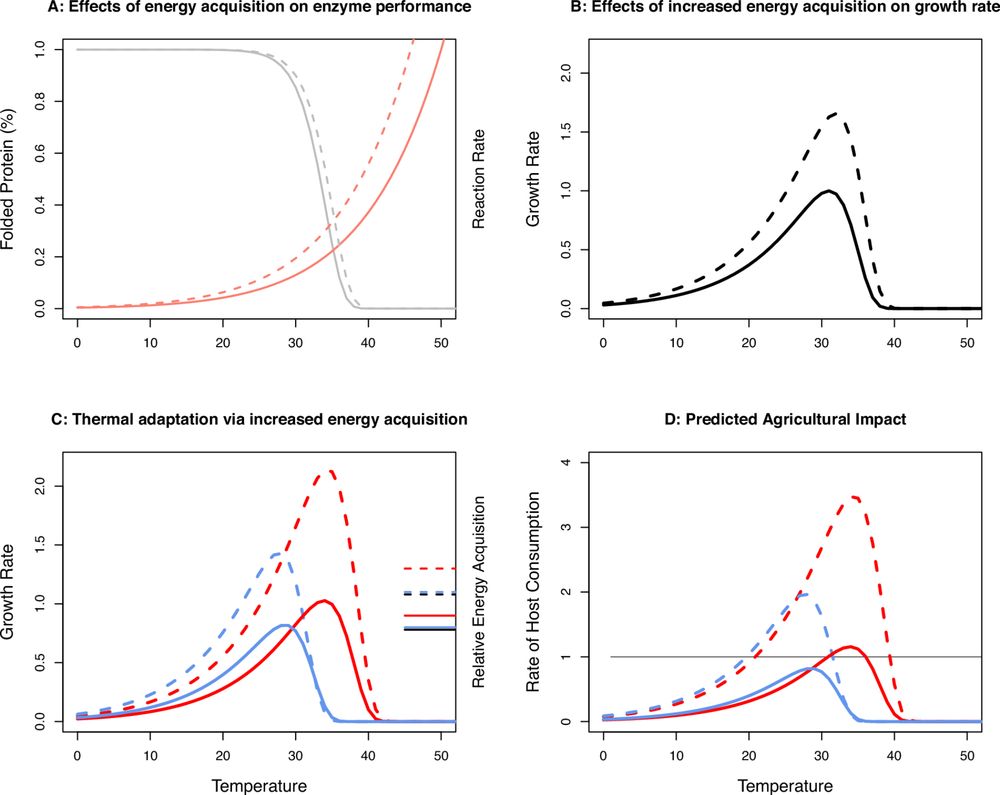Just skimmed through it, but this looks like really fun and interesting read! With pictures of the game team and all!
29.11.2025 08:34 — 👍 0 🔁 0 💬 0 📌 0
Hi all!
I've been inactive here for a while (all that's going on in the world kind of saturated my bandwidth), so maybe the algorithm won't favor me.
But! I'm curious if anyone of you have been using/thinking about using explainable AI method (xAI) for identifying complex ecological patterns.
07.11.2025 09:55 — 👍 2 🔁 2 💬 0 📌 0
My exact thought when I read this :)
07.11.2025 19:53 — 👍 0 🔁 0 💬 0 📌 0
Hi all!
I've been inactive here for a while (all that's going on in the world kind of saturated my bandwidth), so maybe the algorithm won't favor me.
But! I'm curious if anyone of you have been using/thinking about using explainable AI method (xAI) for identifying complex ecological patterns.
07.11.2025 09:55 — 👍 2 🔁 2 💬 0 📌 0
Environmental cues indicating abundant resources reduce the difference between inbred and non-inbred beetle lines in finding those resources, and thus the fitness gap. We argue that environmental predictability could be masking the effects of otherwise deleterious alleles via behavioral plasticity.
09.10.2025 07:51 — 👍 3 🔁 0 💬 0 📌 0
YouTube video by Numberphile
The Stein Paradox - Numberphile
I was corresponding with a scientist last week who was skeptical that a biased estimate could be better than an unbiased one. I cited the usual reasons. And here is Numberphile right on time with a new episode about Stein's paradox: www.youtube.com/watch?v=FUQw...
05.07.2025 09:32 — 👍 95 🔁 11 💬 2 📌 0
Sorry for not citing you guys!
By the way, if you have the opportunity to include more TPC functions, the LRF (described here: doi.org/10.1093/aesa... , not orig. ref) and flexTPC (doi.org/10.1101/2024...) have very interpretable parameters and seemingly good properties. Worth a look.
04.06.2025 17:50 — 👍 0 🔁 0 💬 1 📌 0
Hey. I honestly missed that, would have been relevant when developing our own stuff (noted for future). My point I think similar to yours. We are not that many doing this as of now (i.e., not that many refs, but I'm clearly not the guy to ask ;). I actually meant when I said the paper was cool!
04.06.2025 17:40 — 👍 1 🔁 0 💬 1 📌 0
PNAS
Proceedings of the National Academy of Sciences (PNAS), a peer reviewed journal of the National Academy of Sciences (NAS) - an authoritative source of high-impact, original research that broadly spans...
Just came across this, cool paper! Thought I should mention we've also been fitting TPCs using Bayesian methods for years (e.g. doi.org/10.1111/ele....). We've also developed some pipelines for TPC inference from less typical data: doi.org/10.1073/pnas...
For future reference ;)
03.06.2025 16:15 — 👍 0 🔁 0 💬 1 📌 0
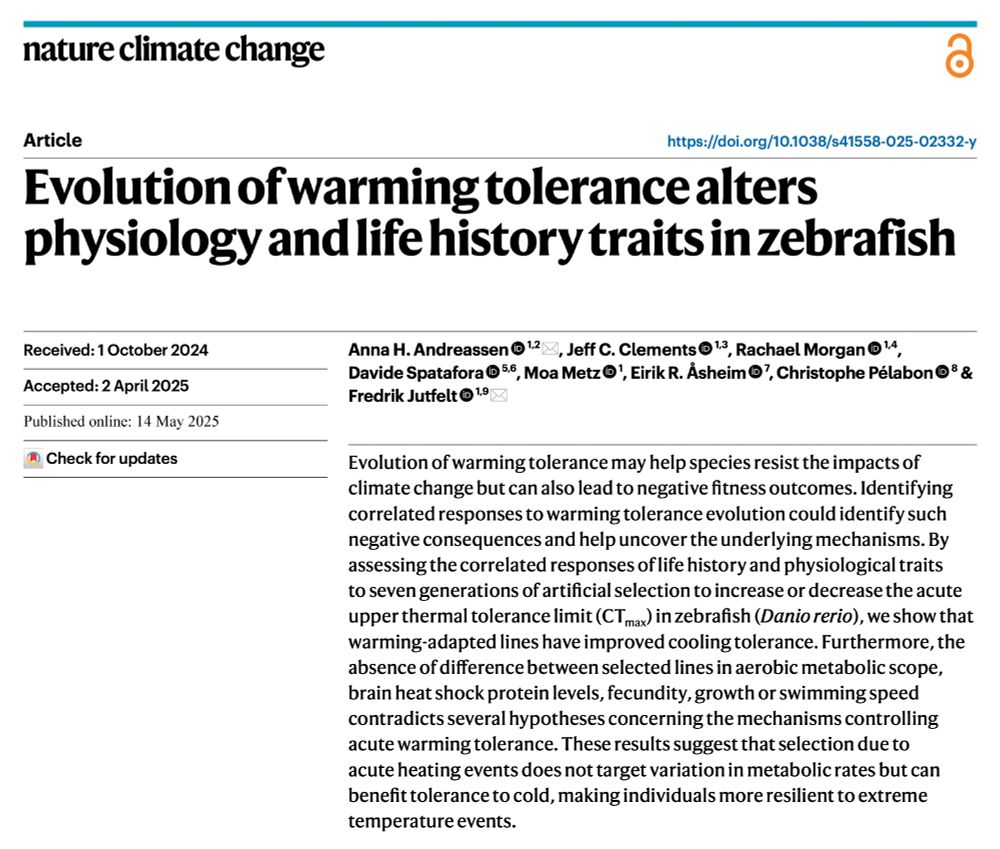
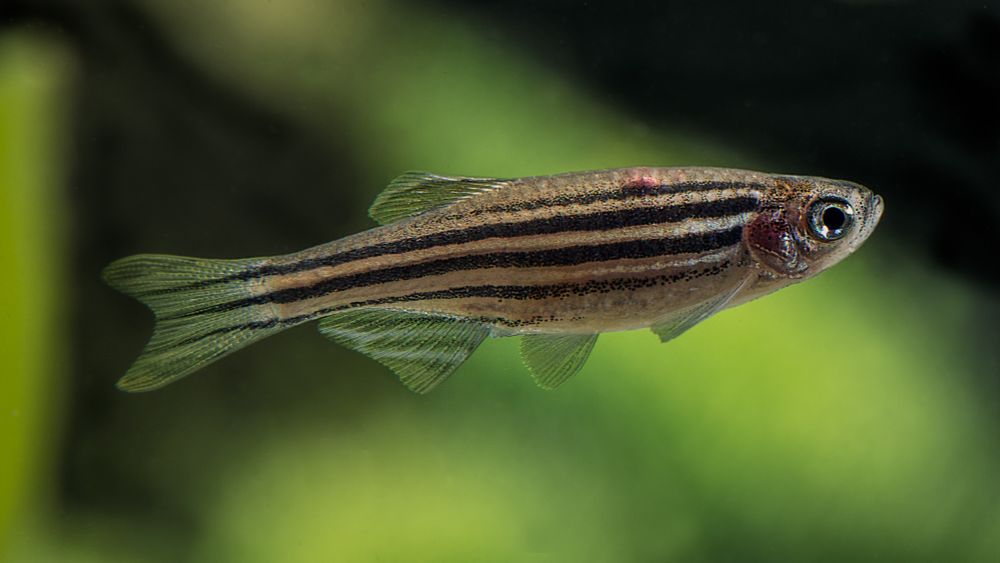
How do fish evolve to tolerate higher temperatures, and are there trade-offs? We explore these questions in our new paper
@natclimate.nature.com led by Anna Andreassen
@annahandreassen.bsky.social
www.nature.com/articles/s41...
🧪🐟🦑
14.05.2025 09:20 — 👍 129 🔁 43 💬 5 📌 4

Quantifying temperature’s effect on #diapause #termination requires fitting #TPCs to binary biological data. In our new paper, out now in #PNAS, we show how to do this, revealing the sequential nature of diapause termination and post-diapause development.
doi.org/10.1073/pnas...
02.10.2024 10:18 — 👍 12 🔁 4 💬 1 📌 0
The Global Ecology starter pack is now curated! ✨ and some slots are open 😊
Studying global biodiversity, ecosystem functioning, or conservation across terrestrial and marine realms ?
📚 Published in these fields? 👉 You are welcome to join ! just reply to be added.
go.bsky.app/V6tN4cv
🧪🌐🌍🦤🦑
11.12.2024 13:33 — 👍 82 🔁 30 💬 45 📌 2
Nothing published on the topic yet but working on it! Would like to be added if I qualify :)
11.12.2024 14:06 — 👍 1 🔁 0 💬 1 📌 0
Johnsen et al.’s work is a great case study in how mechanistic models + Occam’s razor can reveal underlying truths. It shows that even when data are sparse, combining constraints with inference can produce valuable insights.
04.12.2024 09:06 — 👍 0 🔁 0 💬 0 📌 0
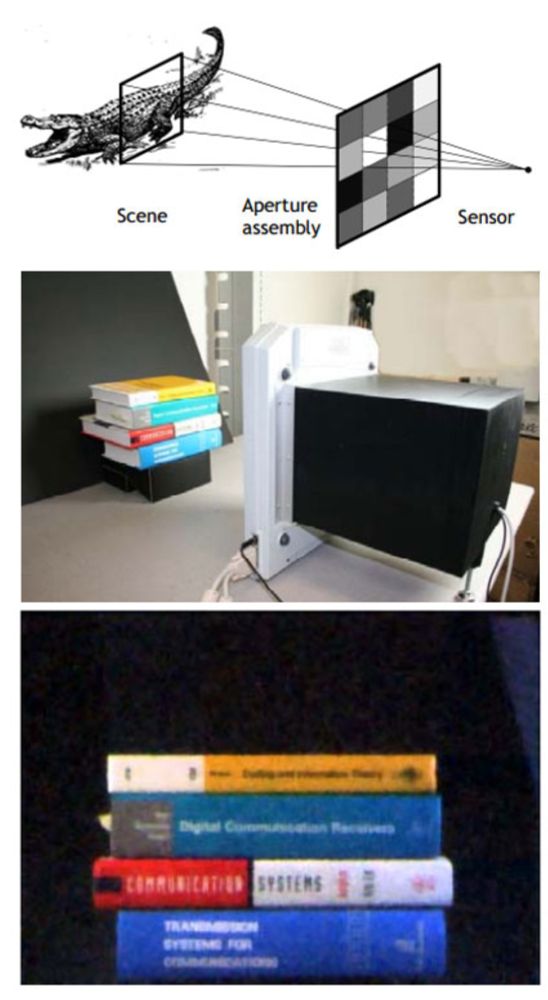
Bell Labs Invents Lensless Camera | MIT Technology Review
A new class of imaging device with no lens and just a single light sensitive sensor could revolutionise optical, infrared and millimetre wave imaging
In signal processing, methods to reconstruct under-sampled signals by promoting sparsity has been used for quite a while now. And this has led to some very impressive decompression methods, where signal is seemingly squeezed partly out of thin air (check this: web.archive.org/web/20160120...)
04.12.2024 09:06 — 👍 0 🔁 0 💬 1 📌 0
I think biologists are often sceptical towards this approach. The mantra “correlation does not imply causation” is deeply rooted in many of us. Perhaps this is why this paper by Johnsen et al. has remained under-cited for decades. But I think there is great power in approaches like this!
04.12.2024 09:05 — 👍 0 🔁 0 💬 1 📌 0
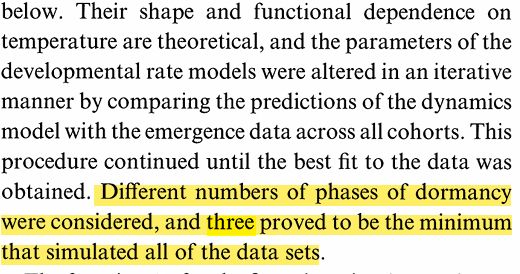
As a result, the curves from the previous figure emerge. The three distinct phases are just a consequence of picking the sparsest solution to the problem (see the image). This (Occam’s razor) combined with the constraints on the reaction norm—the mechanistic insight—got close to the truth!
04.12.2024 09:05 — 👍 0 🔁 0 💬 1 📌 0
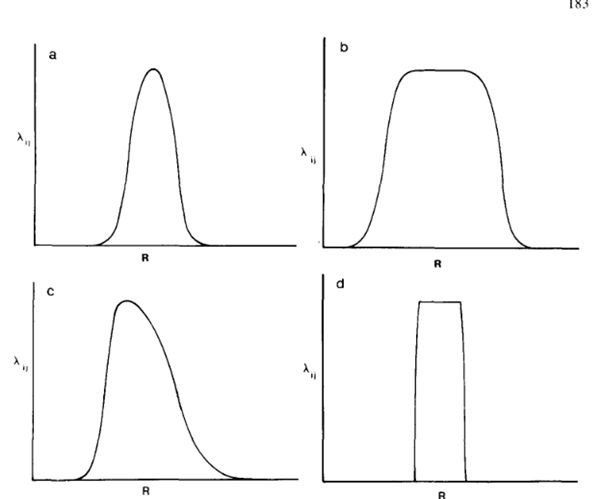
Well, they don’t estimate the curves directly. They just observe insect emergence in a variable thermal environment, and iteratively tweak curve parameters in search of the best explanatory model, under some constrains (the main one being how the shape of the curve can vary, see figure).
04.12.2024 09:04 — 👍 0 🔁 0 💬 1 📌 0
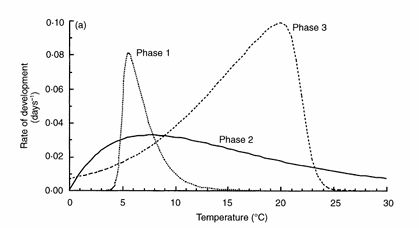
Rewind to 1997. Three researchers publish a paper on the same topic, with the figure below (doi.org/10.2307/2404...). Very reminiscent of our results. However, this paper has remained in relative obscurity, only racking up 15 citations to date, despite being on a quite popular topic. Why?
04.12.2024 09:04 — 👍 0 🔁 0 💬 1 📌 0
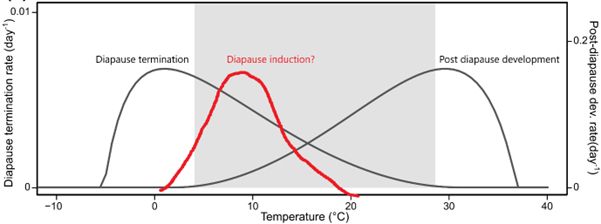
Quick background: we did a pretty laborious experiment to empirically determine thermal reaction norms for diapause termination in a butterfly. The result was the two curves below. Also, we found some signs of a third reaction norm for diapause induction that might look something like the red line.
04.12.2024 09:04 — 👍 0 🔁 0 💬 1 📌 0
Combining some mechanistic knowledge and Occam's razor appears to me to be a very powerful tool for getting closer to the truth! Let me show an example that I believe is related to this, which I found while writing my last published paper. It's on the underlying temperature-dependence of diapause 🤓❄️
04.12.2024 09:03 — 👍 3 🔁 1 💬 1 📌 0
Thanks!
24.11.2024 14:44 — 👍 1 🔁 0 💬 0 📌 0
Good stuff. Late to the party, but would like to be added if still possible!
24.11.2024 08:36 — 👍 1 🔁 0 💬 1 📌 0
Cool study! I wonder if it is possible that (much of) the interesting density-dependent effects are consequences of a statistical artifact. An extreme case serves as an example: if some place is unoccupied, individuals later observed must be classified as immigrants. Can anyone enlighten me?
19.11.2024 07:53 — 👍 0 🔁 0 💬 0 📌 0
Here is a starter pack for scientists and others interested in trait-based ecology and evolution. Still trying to find everyone here. Please let me know if you would like to be added to the list! go.bsky.app/PThMXeX 🧪🌎🌾
10.11.2024 09:32 — 👍 188 🔁 86 💬 107 📌 1
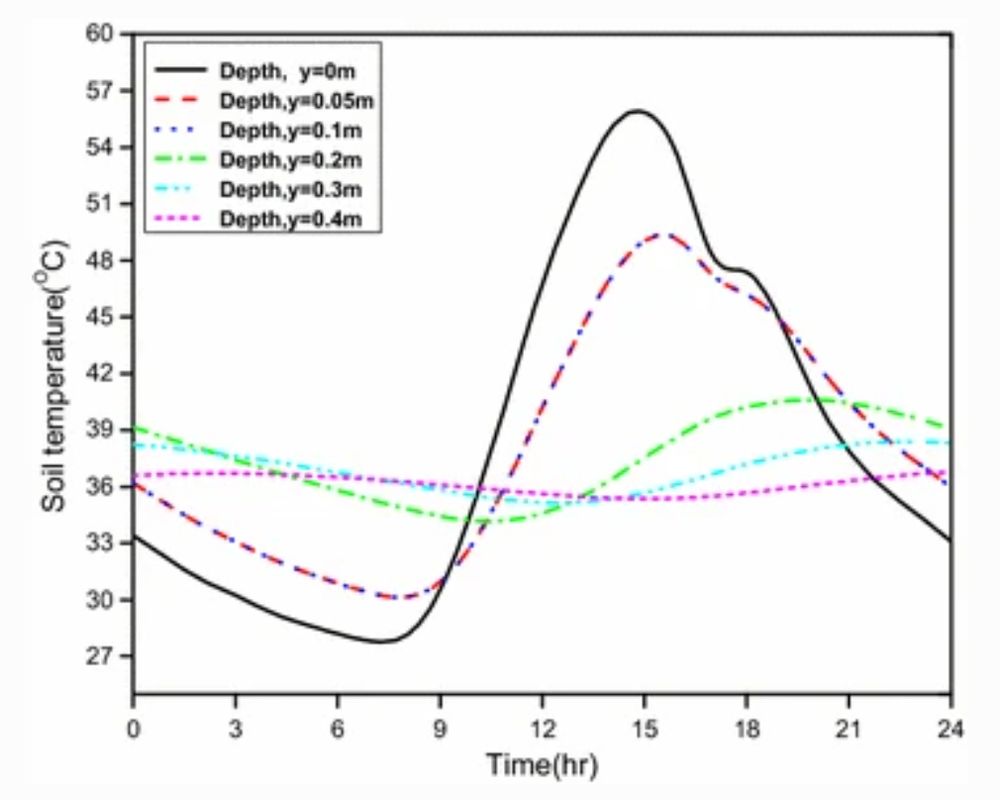
Soil temperature for hottest day in Jamshedpur, India as a function of depth plotted at the surface, 5 cm (about 2 inches), 10 cm (~4 inches), 20 cm (~8 inches), 30 cm (~12 inches), and 40 cm (~16 inches) below the surface. The day to night variation at the surface goes from 27°C at ~7:30 am (just at sunrise) to 57°C at ~2 pm, for a difference of 30°C between high and low. The difference between high and low temperature decreases with depth, and 5 cm below the surface it's already down to a difference of 21°C. By 40 cm below the surface, the difference between high and low temperature is a less than a degree. It's about 36.5°C all day at that depth.
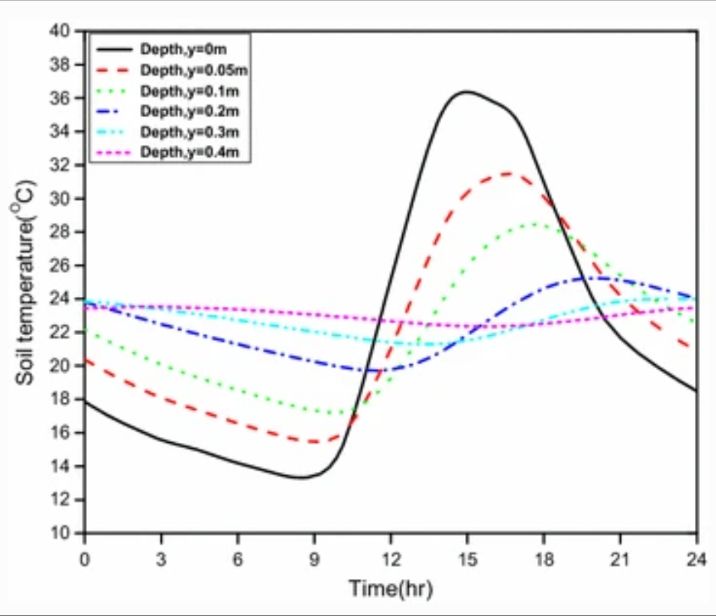
Soil temperature for coldest day in Jamshedpur, India as a function of depth plotted at the surface, 5 cm (about 2 inches), 10 cm (~4 inches), 20 cm (~8 inches), 30 cm (~12 inches), and 40 cm (~16 inches) below the surface. The day to night variation at the surface goes from 13°C at ~9 am (just at sunrise) to 37°C at ~3 pm, for a difference of 24°C between high and low. The difference between high and low temperature decreases with depth, and 5 cm below the surface it's already down to a difference of 16°C. By 40 cm below the surface, the difference between high and low temperature is a less than a degree. It's about 23°C all day at that depth.
Changing the solid Earth's temperature is *really* hard.
Day-to-night temperature variations, what we're used to, stop being relevant at about half a meter depth--this is why animals burrow.
(Link for figs: geothermal-energy-journal.springeropen.com/articles/10.... )
17.11.2024 02:27 — 👍 27 🔁 6 💬 3 📌 0
Awesome, thank you so much!
13.11.2024 20:34 — 👍 1 🔁 0 💬 0 📌 0
A starter pack of people working on thermal biology or metabolic theory. Presently a very short list, but I know y'all are out there - please tell me if you'd like to be added!
(Or if you'd like to be taken off)
go.bsky.app/nHLZbD
13.11.2024 18:47 — 👍 34 🔁 27 💬 34 📌 1
Official account of the Department of Zoology at @stockholm-uni.bsky.social in Sweden! Stay updated on events, vacancies, and research news from our students and staff🔬
We are the laboratoire d'Écologie Prédictive et Interprétable pour la Crise de la Biodiversité.
🌐 https://epic-biodiversity.org
Postdoctoral researcher at Stockholm University. Interested in sexual selection, behavioural ecology, and temperature effects on fertility. Currently spend most of my time looking at butterfly sperm.
Asst. Prof. and DDLS fellow
Dept. Zoology, Stockholm University and SciLifeLab
🇦🇷 -> 🇫🇮 -> 🇸🇪
Evo-devo and dynamical systems
https://lisandromilocco.github.io/
Evolutionary biologIist, Macroevolution, Professor at Instituto de Ecología, Universidad Nacional Autónoma de México.
Animal Ecology & Tropical Biology @ Würzburg University | Biodiversity, elevational gradients, thermal limits, climate change, caves
🪲🐆🌳🏔️🔥❄️
Adventure seeker & mountain lover
https://kimleaholzmann.wordpress.com
Scientific Officer (Biodiversity Genomics) @ Research Centre for Ecosystem Resilience, Botanic Gardens of Sydney 🌱.
Palaeogenomics | Population Genomics
Currently in 🇦🇺, previously in 🇳🇿🇸🇪
Head, School of Biological Sciences, Monash University. Physiology | life history | ecology | evolution | higher education
Computational Evolutionary Ecologist 💻
Predator Prey Dynamics 🐍 vs 🐀
Agent Based Models 👾
Complexity science 😵💫
Fan of cute organisms 🦉
Post Modern Math Monk 🎲
Soul Warrior 🌎🏳️🌈🏳️⚧️🇺🇸🇲🇽🇨🇦
Broadie. deep learning; synthetic biology; single cell genomics; non-linear dynamics. opinions are my own.
Latest work: https://www.biorxiv.org/content/10.1101/2024.12.30.630741v2
Evolutionary biologist interested in sexual selection and the evolution of life-history strategies. Humboldt Research Fellow at Johannes Gutenberg University Mainz, and post-doc at the University of Sydney.
erinmacartney.com
Chercheuse, philosophe
@CNRS @ENSLyon
Philosophie et anthropologie de la nature.
Histoire de la philosophie moderne.
#Changementsglobaux
cnrs.academia.edu/AliènorBertrand
Evolutionary ecologist, entomologist, and environmentalist. Macroecology postdoc at the University of Tartu (@macroecologyut.bsky.social), now also meandering into soil ecology. Bird and butterfly watcher.
https://matsittonen.com
I am an assistant professor at the Czech University of Life Sciences, specializing in the ecology and taxonomy of insects. I have a passion for photography, data analysis, R, and forensic entomology
PhD student working on epigenetics, immunity, development, conservation and evolution in Swedish sand lizard (Lacerta agilis). @animecol-uu.bsky.social Uppsala university with Mette Lillie
I chase lizards around professionally. PhD. Candidate, University of Nevada, Reno (he/him): https://sites.google.com/view/ggcostoya
Professor in Ecology and Evolution and ARC Laureate Fellow @unimelb interested in what limits life | Mechanistic Niche Models | Functional Traits | Metabolic Theory | Microclimate | Climate Change | Dynamic Energy Budget Theory | Life History | NicheMapR
Associate Prof at Durham University. Born and bred in the #HappyValley. Lover of #microclimate ecology, R and GIS, plus dogs🐶 and fell running 🌄🏃♀️
Full Professor of Aquatic Ecology University Zurich & @eawag.bsky.social | Kuratorium Forum Biodiversity | Founding Director https://biodiversitaet.uzh.ch/en.html | all & beyond #biodiversity, #eDNA & #AquaticEcology | Like=interesting
www.altermattlab.ch
Former Director, National Nature Assessment. Conservation Scientist. Marine ecologist. Poultry Farmer. University of Washington Professor. https://sites.uw.edu/levinlab/

